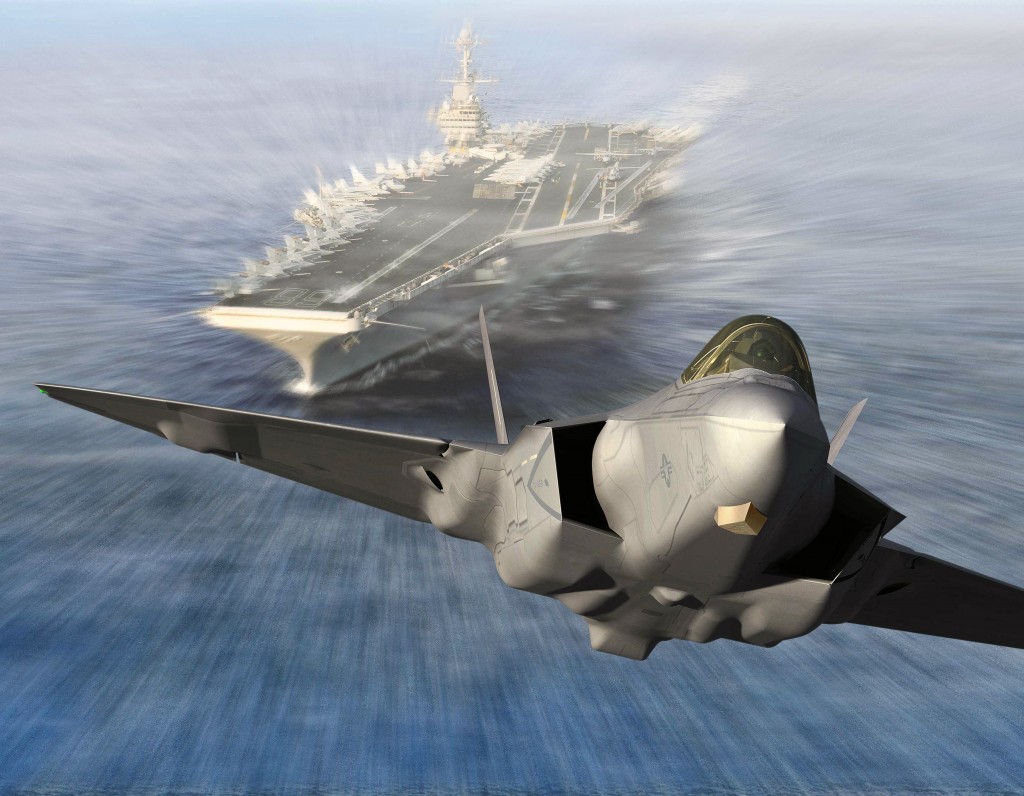 From Vice.com:
From Vice.com:
The Pentagon’s pursuit of the Lockheed Martin F-35 stealth fighter jet has been a heartbreaking one. If you’re a taxpayer, the program’s estimated $1 trillion price tag probably breaks your heart a little bit. If you’re an aviation enthusiast, the constant whittling away of the do-it-all aircraft’s features, which in many cases actually amounts to adding weight and taking away maneuverability, must hurt a little bit too.
If you’re just an everyday American, though, you should be downright shattered that after a decade and a fortune spent, the F-35 will actually be more vulnerable than the aircraft it’s replacing. At this point, the Pentagon is literally rewriting its rule book so that the dumbed-down superjet will pass muster.
Shocked and astounded are you? You shouldn’t be. Many of America’s aircraft have, historically, started out as one thing and become another, bloated, too multi-tasked, too technical, and gold-plated beyond belief. Some of these airframes would be, for example, any swing-wing model (think of the F-111, the F-14 and the B-1). Too heavy, too slow, too costly, too unmaneuverable.
The Defense Department’s annual weapons-testing report reveals that the military actually adjusted the performance specifications for the consistently underperforming line of F-35 fighter jets. In other words, they couldn’t get the jets to do what they were supposed to do, so they just changed what they were supposed to do.
Another massive waste of money was the C-5 Galaxy program, which has been and is currently the most maintenance-intensive aircraft ever to inhabit the USAF arsenal. For every hour of flight time, the C-5 requires another 100 hours of maintenance/monitoring and/or parts replacement scheduling due to its size and stress factors. It still possess the highest flight-to-maintenance ratio in the current USAF arsenal today.
They did it via a scheme that the amazing USAF Colonel John Boyd called “gold plating.” Or also: “when in doubt of an aircraft passing the bar, lower the bar.”
Does that concept sound familiar?
John Boyd was a USAF military genius, eccentric, brilliant, who created amongst other things the OODA Loop. An excellent book about Mr Boyd here, by Robert Coram, entitled “Boyd, the fighter pilot who changed the Art of War.”
BZ


